Products Used
Tools Needed
- Graduated bucket
- Wheelbarrow
- Concrete hoe
- 2’x6’ lumber for forms and screeding – choose 2’x12’ lumber if pouring a slab deeper than 4”
- Bull float
- Edging tool
- Grooving tool
- Magnesium float
- Concrete broom
Project Level: difficult
Project Length: 1 Week
Sakrete Pro Tips | Pouring a Slab
Planning your job is the most critical step of a concrete pour. REMEMBER—there’s no starting over once you get moving.
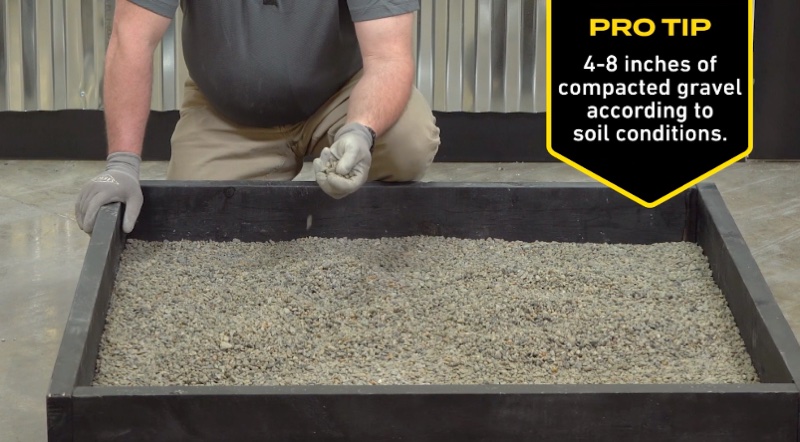
Project Tip: Use the Sakrete App to calculate your job straight from your phone.
There’s no room for guesswork in the mixing process. Using the precise amount of water and exact measurements are crucial steps for achieving the correct strength and best possible finish.
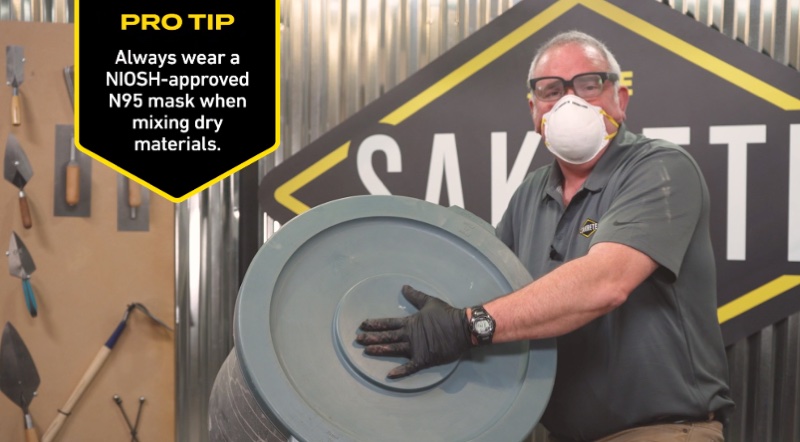
Project Tip: Bagged concrete is designed to be a relatively dry mix—contrasting from the wet, flowable mix you’d see out of a ready mix truck. This is normal!
It’s time to pour! This stage is simple but make sure you move quickly. Results are best achieved with at least one assistant.
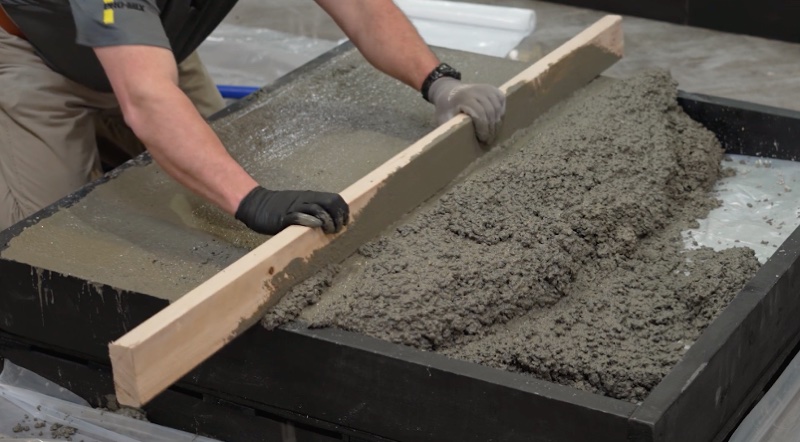
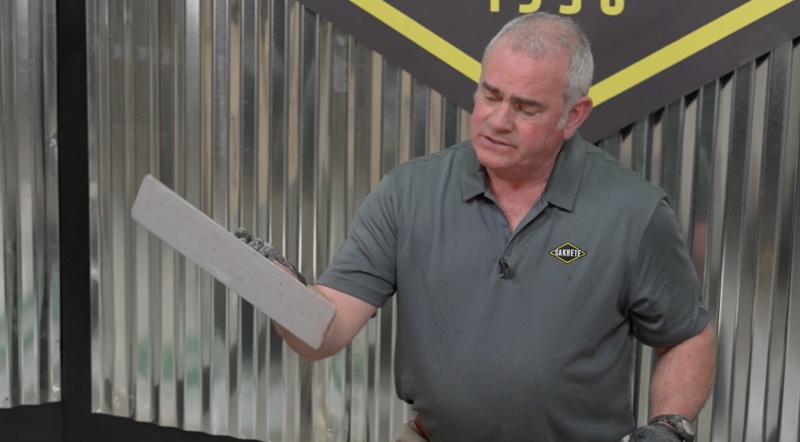
Project Tip: Be careful to not over-work the surface at this point. Making too many passes with a float can overwhelm the surface with water, weakening the slab and increasing the likelihood of cracking.
Bring it home! Once the surface bleed water has evaporated, and the concrete is thumbprint hard, you’re ready to move into final finishing.
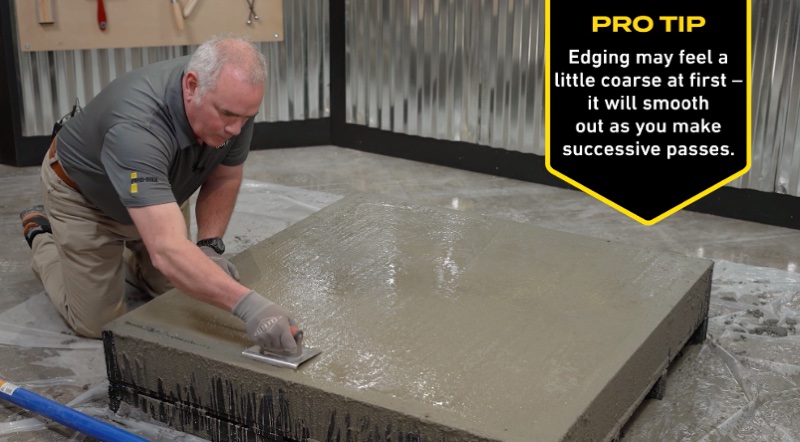
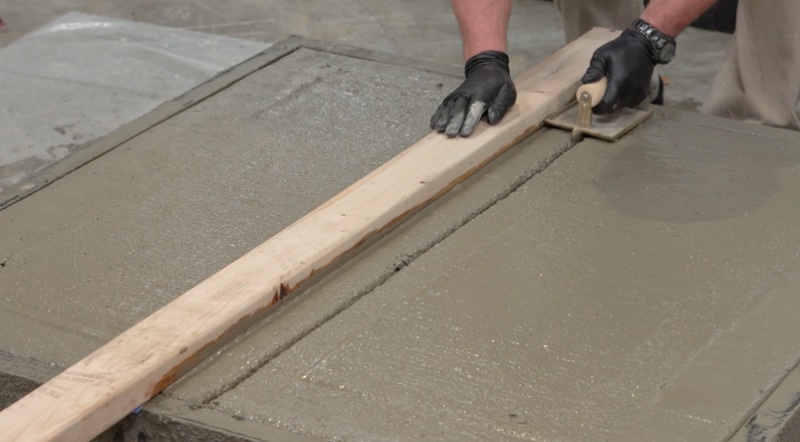
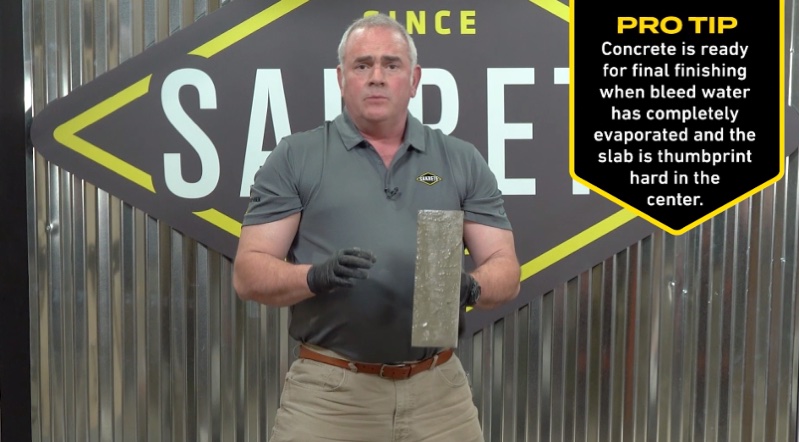
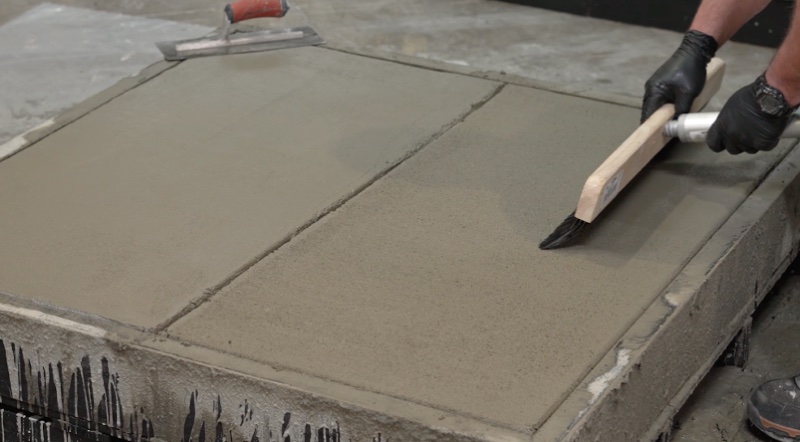
Project Tip: Deciding when to start finishing is critical. Use the “thumbprint” test to ensure that the slab is hard enough – you should be able to press into the concrete about ¼”, but no further, when the slab is ready.
A critical – but often overlooked – final step to achieving a great slab.
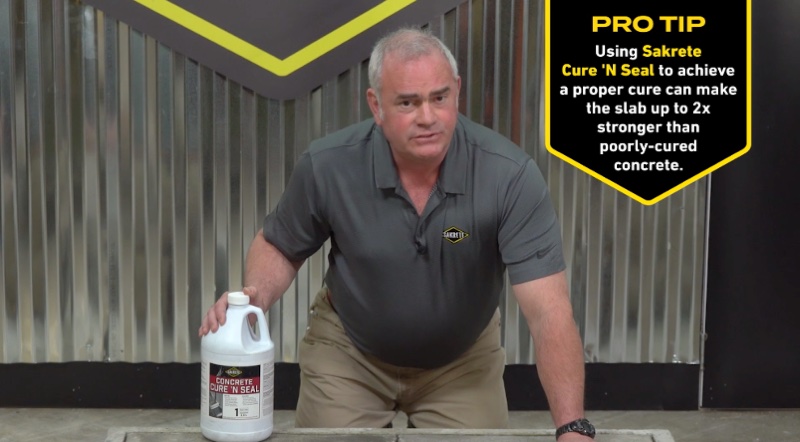
Project Tip: Properly cured concrete can be up to twice as strong as un-cured concrete, and it will have a significantly longer lifespan.
Enter An Email To Send These Results.